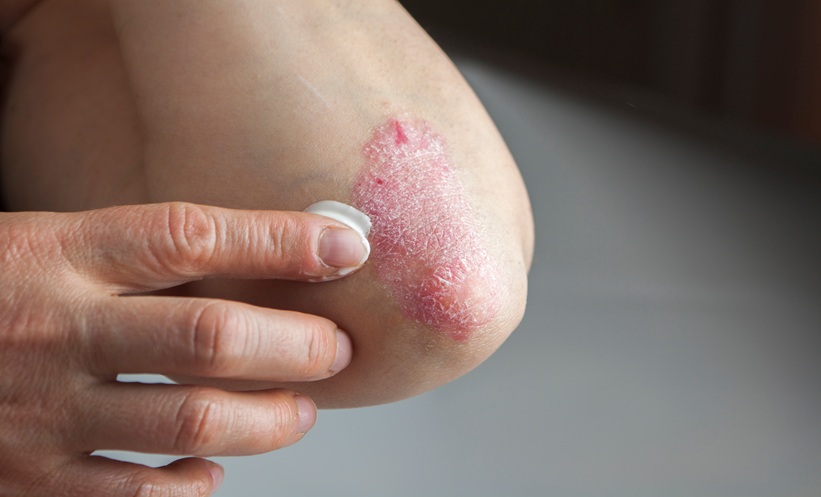THE EARLY stages of treatment for moderate-to-severe plaque psoriasis are crucial. Evidence suggests that an early response to biologics significantly increases the likelihood of achieving stable, long-term skin clearance. Patients who quickly achieve complete or near-complete skin clearance are generally more likely to maintain that positive outcome over many years. Identifying individuals at risk of failing to achieve this early response is vital, as it allows clinicians to adjust treatment strategies proactively, ultimately improving overall clinical outcomes.
Finding the Plaque Psoriasis Blueprint
A recent post hoc analysis used data from a Phase III trial of the new interleukin (IL)-17A inhibitor, vunakizumab, to explore predictors of early response. Vunakizumab is a newly developed biologic approved for treating moderate-to-severe plaque psoriasis in China, having demonstrated short-term efficacy that could be maintained until week 52 in earlier studies.
The analysis defined an early response as achieving a PASI 50 score (50% reduction in Psoriasis Area and Severity Index) at Week 2. The study found that 54.0% of patients achieved this goal after vunakizumab treatment, a proportion that aligns well with previous studies on other biologics. This is encouraging, as patient surveys indicate that individuals with moderate-to-severe disease expect 50% skin clearance in about two weeks, a target more than half of the vunakizumab patients met.
Baseline Predictors and Prognostics
When comparing clinical factors between early responders and non-responders, the analysis discovered several baseline predictors. Females and patients who had never smoked were more likely to achieve an early response to vunakizumab.
Multivariate logistic regression was used to confirm independent factors and found that male sex was independently associated with a lower possibility of achieving an early response. Additionally, a history of previous local treatment was also independently related to a lower probability of early response.
In real-world settings, these findings can help guide clinicians to identify patients who may need preemptive therapeutic strategy adjustments. While a predictive nomogram developed in the study had a limited discriminative ability, these baseline features—male gender and prior local treatment—may assist in selecting the optimal IL-17 inhibitor based on a patient’s characteristics, furthering the trend towards personalised medicine in dermatology.
Reference
Yu Y et al. Early response to vunakizumab and its baseline predictors in patients with moderate-to-severe plaque psoriasis: a post hoc analysis of a phase-III trial. J Dermatolog Treat. 2025;36(1):2564810.







